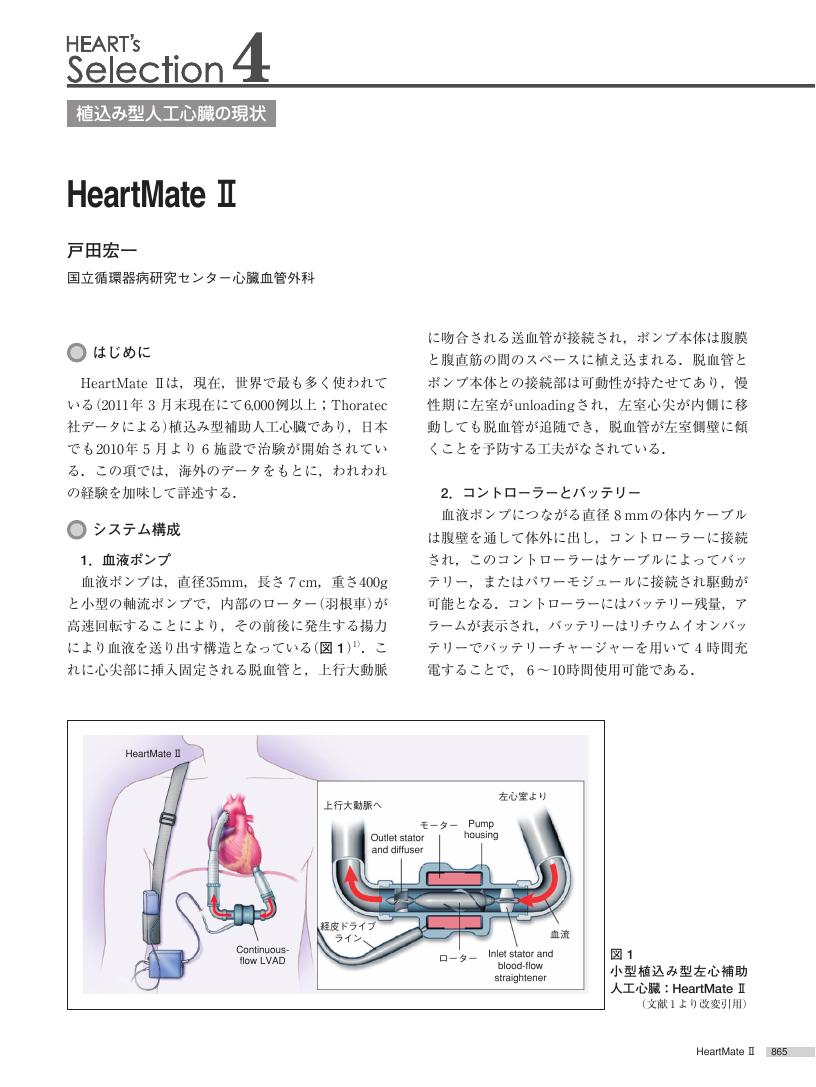- 著者
- 戸田 宏文 古垣内 美智子 江口 香織 山口 逸弘 吉長 尚美 森田 泰慶 上硲 俊法 田中 裕滋 吉田 耕一郎
- 出版者
- 一般社団法人 日本感染症学会
- 雑誌
- 感染症学雑誌 (ISSN:03875911)
- 巻号頁・発行日
- vol.93, no.3, pp.326-329, 2019-05-20 (Released:2019-12-15)
- 参考文献数
- 19
We report herein on two cases of bacteremia caused by daptomycin-resistant Corynebacterium striatum. In these cases, daptomycin-resistant C. striatum was detected after receiving daptomycin for the treatment of multidrug-resistant C. striatum bacteremia, and ERIC-PCR band patterns were identical among the isolates of C. striatum before and after daptomycin therapy. We performed an in vitro assay to determine whether daptomycin resistance is induced in nine clinical isolates of C. striatum, including our two cases, after exposure to daptomycin in broth culture, and seven isolates showed emergence of daptomycin resistance. To our knowledge, this is the first reported case of daptomycin-resistant C. striatum bacteremia in Japan. The use of daptomycin for the treatment of C. striatam infections should be avoided, considering the risk for rapid emergence of daptomycin resistance.
2 0 0 0 OA HeartMate II
- 著者
- 戸田 宏一
- 出版者
- 公益財団法人 日本心臓財団
- 雑誌
- 心臓 (ISSN:05864488)
- 巻号頁・発行日
- vol.43, no.7, pp.865-870, 2011 (Released:2012-11-15)
- 参考文献数
- 6
1 0 0 0 OA 人工弁 —経カテーテル的大動脈弁植込み術(TAVI)とsutureless valve
- 著者
- 戸田 宏一
- 出版者
- 一般社団法人 日本人工臓器学会
- 雑誌
- 人工臓器 (ISSN:03000818)
- 巻号頁・発行日
- vol.48, no.3, pp.152-155, 2019-12-15 (Released:2020-03-15)
- 参考文献数
- 5
- 著者
- 戸田 宏文 山口 逸弘 鹿住 祐子 中江 健市 上硲 俊法 田中 加津美 吉田 理香 吉田 耕一郎
- 出版者
- 一般社団法人 日本環境感染学会
- 雑誌
- 日本環境感染学会誌 (ISSN:1882532X)
- 巻号頁・発行日
- vol.28, no.6, pp.319-324, 2013 (Released:2014-02-05)
- 参考文献数
- 18
我々は喀痰抗酸菌培養検査において,採痰ブース内水道水にMycobacterium lentiflavumが混入したことによるpseudo-outbreakを経験した.81症例からM. lentiflavumが検出されたが,感染症例は認められなかった.採痰ブース以外の院内水道水103箇所の抗酸菌培養を行ったところ,6個所からM. lentiflavumが検出された.臨床分離株14株,採痰ブース由来3株,および院内水道水由来5株の合計22株についてrep-PCRにて相同性の確認を行ったところ,プロファイルAからEに分類された.プロファイルCとDには臨床分離株と環境由来株が混在し,95%以上の相同性が認められた.
1 0 0 0 OA 内閣人事局に関する研究(1)
- 著者
- 戸田 宏治
- 出版者
- 日本経済大学アジアパシフィック経済研究所
- 雑誌
- 日本経大論集 = The Economic Review of JAPAN UNIVERSITY OF ECONOMICS
- 巻号頁・発行日
- vol.45, no.1, pp.53-68, 2015-12-22
- 著者
- 増澤 徹 妙中 義之 巽 英介 宮崎 幸治 戸田 宏一 大野 孝 安 在穆 中谷 武嗣 馬場 雄造 宇山 親雄 高野 久輝 越地 耕二 福井 康裕 高橋 克己 笹川 広志 塚原 金二 土本 勝也 大海 武晴
- 出版者
- JAPANESE SOCIETY FOR ARTIFICIAL ORGANS
- 雑誌
- 人工臓器 (ISSN:03000818)
- 巻号頁・発行日
- vol.25, no.2, pp.260-265, 1996-04-15
- 参考文献数
- 8
- 被引用文献数
- 7
長期体内埋込実験可能な全人工心臓システムの実現のために、1) 油圧駆動用血液ポンプの改良、2) モータ駆動方式改良による効率向上、3) 経皮的エネルギー伝送部と体内埋込用電池との結合、4) 急性実験によるシステム埋め込みの検討および埋込時の発熱観察を行った。最大流量8L/min、効率12%の全人工心臓を実現し、経皮的エネルギー伝送および体内埋込用電池にて1時間以上の駆動が可能であることを確認した。また、急性動物実験にて、システム全体が体内に完全に埋込可能であること、体内に埋め込んだ状態で人工心臓の発熱が4℃以下であることを確認した。本結果より十分に長期体内埋込実験に耐えうる全人工心臓システムを実現できたと考える。今後は長期体内埋込評価実験に移行し、システムの更なる評価および改良を行っていく。
1 0 0 0 OA ホモトピー論の50年
- 著者
- 戸田 宏
- 出版者
- 一般社団法人 日本数学会
- 雑誌
- 数学 (ISSN:0039470X)
- 巻号頁・発行日
- vol.34, no.1, pp.70-82, 1982-02-10 (Released:2008-12-25)
- 参考文献数
- 59
1 0 0 0 OA 文献調査による抗がん剤曝露と対策の変遷
- 著者
- 石川 星 佐伯 潤 戸田 宏子 小澤 知博 廣原 正宜 串田 一樹
- 出版者
- 一般社団法人日本医薬品情報学会
- 雑誌
- 医薬品情報学 (ISSN:13451464)
- 巻号頁・発行日
- vol.17, no.1, pp.1-10, 2015 (Released:2015-06-28)
- 参考文献数
- 84
Antineoplastic drugs play an important role in cancer therapy. A growing number of patients and new fields of application have resulted in an increasing use of these agents. Most antineoplastic drugs are classified as carcinogenic, mutagenic, or teratogenic for humans. Antineoplastic drugs also cause adverse effects in health care workers who handle them. In the late 1960s, acute symptoms by exposure to antineoplastic drugs were first reported. In 1979, Falck reported a small increase in urine mutagenicity of nurse who handled antineoplastic drugs. Thereafter several studies showed that association of occupational exposure to antineoplastic drugs with health effects such as DNA damage, chromosomal abnormalities, adverse reproductive outcomes, possibly leukemia and other cancers. To prevent them, many guidelines for safe handling were published in various countries in 1980s, they are revised periodically afterward. In 1990s, despite recommended safe handling procedures, environmental contamination with antineoplastic drugs was still observed in hospital and health care workers were still exposed. In 2004, the National Institute for Occupational Safety and Health (NIOSH) published an Alert on hazardous drugs used in health care settings. One recommendation was to consider the use of closed system drug transfer devices (CSTD) in addition to ventilated cabinets. The effectiveness of CSTDs in reduction of environmental contamination and exposure of health care workers has been reported. Here this report briefly reviews the history of the health effects of exposure to antineoplastic drugs and of safe handling.


